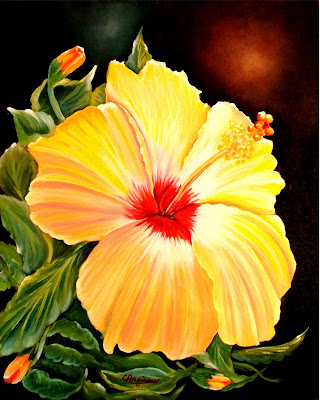Insett Kirke -- Norway
I’ve written about time before, or the lack thereof; how it gets away from us, pushes us, stresses us out, and strangles the life out of us. Recently, I experienced a different phenomenon. A time warp, perhaps, where time literally seemed to stand still.
I had several appointments that day and knew that planning was essential to pull it off. I got up early, allowing plenty of time for my toilette and the time it would take to travel to my first appointment. In the end, I had an hour to spare. I retrieved important e-mail and checked my blogs. Thirty minutes left, amazing.
Eager to arrive on time, I set the timer on the stove to be sure distractions wouldn’t delay my “best laid plans.” Then I read. I luxuriated on my leather sofa and read. Each time I looked at my wrist watch it seemed that time was holding back, just for me. The adage “a watched pot never boils” was true!
I was reminded that with God “one day is like a thousand years” from an eternal perspective. This brief experience had made me reflective. So this is what it’s like to have an eternity of time? Each moment becomes precious and fully lived without escaping into nothingness. I wanted this experience to last forever. I felt in control.
I read another two pages and then the timer went off with a loud bleating beep, beep, beep. My usual response when this happens is to call: “Coming Mother,” a hearkening back to my belligerent childhood and the rebelliousness of youth.
The rest of the day was pretty much swallowed up with errands and appointments, but I did notice that in between there were moments of supreme calm when I could snatch some reverie and soul searching. When you are “clock watching,” it’s amazing how many pages you can read in a few minutes, how many miles your mind can travel into imagination and escape to creative realms where seconds seem like hours.
Personality Sketch
Next time you feel like you don’t have time to study, to read or to paint, turn yourself into a clock watcher and see how it slows down your life. After all, time is a man made thing and we are eternal beings who balk at control and the pacing of our lives.
“Your sacred space is
where you can find yourself
again and again.” Joseph Campbell
Of course, planning ahead helps. So does organization. But in those “in between” moments you really are in control. What will you do with those found minutes and seconds? Will you waste them or discount them as being too little to late?
“One great thing about growing old
is that nothing
is going to lead to anything.
Everything is of the moment.” Joseph Campbell
We only have one life to live. Throw out negative thinking. Refuse its entrance into your brain. Dwell on what you can do right now, in this precious moment. Live!
Yesterday is already gone. Dismiss it from your mind, and move on. Tomorrow and its blessings or problems are unknown. Live in the moment. View your life as eternal and treat yourself with the utmost respect. We humans are as fragile as butterflies. We come and go in a whisper. Cherish each moment!
“To live in a sacred space
is to live in a symbolic environment
where spiritual life is possible,
where everything around you
speaks of exaltation of the spirit.” Joseph Campbell




































